7 Genius Ideas for Cooking for One
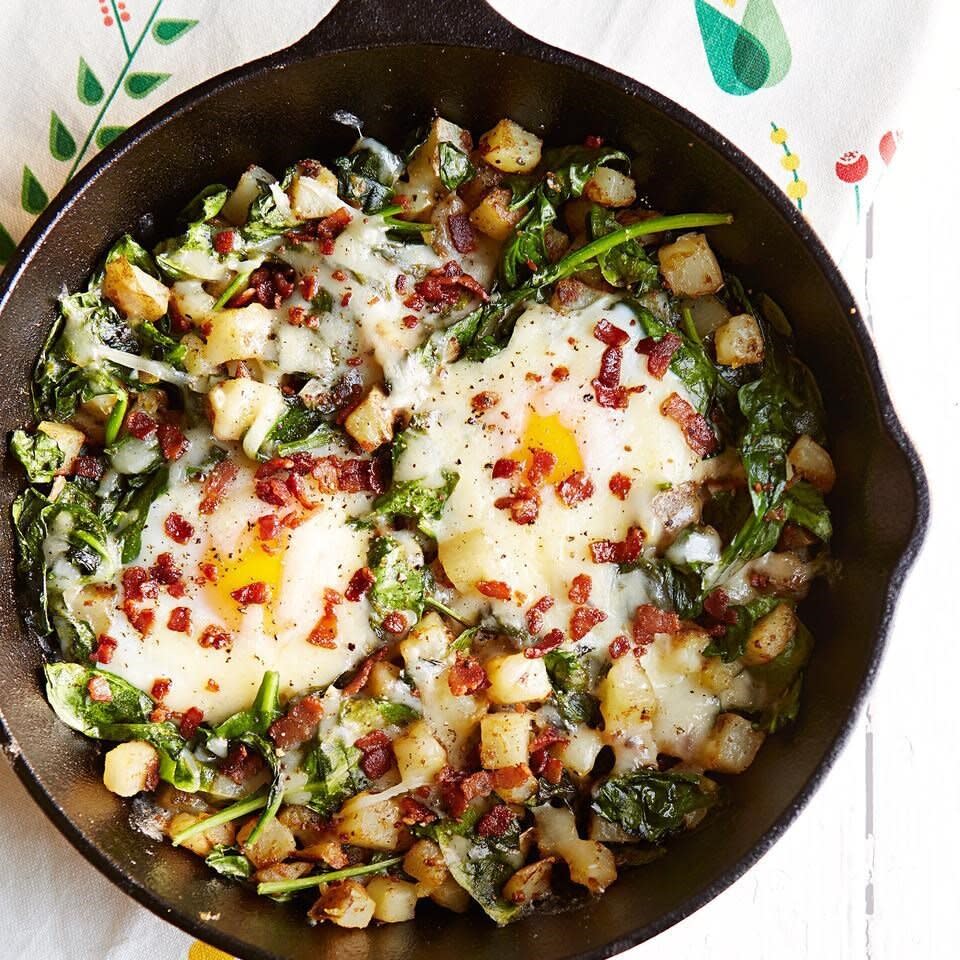
Pictured recipe: Spinach & Cheese Breakfast Skillet
Cooking for one may sometimes feel like a daunting task, especially when it comes to preventing food waste and avoiding night after night of leftovers. It's always a bad feeling when you spend money on ingredients, only to let them sit in your refrigerator past their use-by dates. While the tips below can help guide your cooking-for-one strategies, your biggest and most important tool is meal planning.
Before you head to the store, make a plan. Try to decide on what grains, vegetables and meats you will buy ahead of time, but be flexible. Depending on what's available, what's on sale and what looks good you may change your mind. Plan out all three daily meals (snacks, too) with the goal of leaving no food unused by the end of the week. This can help ensure you don't risk letting all that wonderful food you buy go to waste-and may inspire some culinary creativity. If you need a little guidance, these tips can help you be a smarter single cook.
Related: Healthy Recipes for One
1. Batch-cook grains for the week
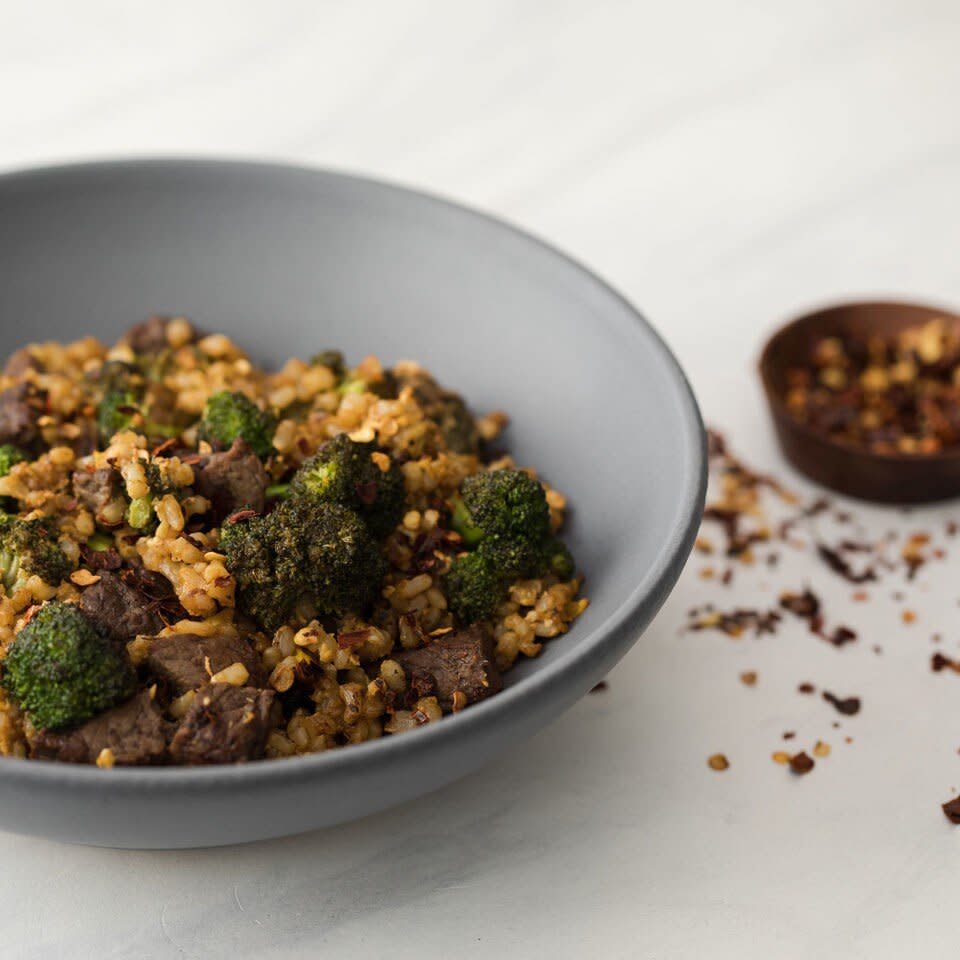
Pictured Recipe: Broccoli Fried Rice
Grains can be a single cook's right-hand ingredient. You can cook large or small quantities easily, so you can make the exact amount of grains you might need for a dish, or you can cook a larger batch that you can then use throughout the week (or longer).
Most cooked grains store well in the refrigerator for up to a week, or for a few months if tossed in the freezer. For ease if you freeze, go ahead and split the grains into single servings so you can thaw, reheat and have a delicious whole-grain side in minutes.
Grains with shorter cooking times, like quinoa and millet, work well for quick, last-minute meals; grains with longer cooking times, like barley and farro, are great for the large-batch cooking on the weekend and good candidates for freeze-ahead grain packs. Leftover grains can be a great addition to morning yogurt bowls or lunch salads or as a base for meat and vegetable plates.
Related: The Best Healthy Shortcuts for Quicker, Easier Dinners
2. Buy vegetables that won't go bad quickly
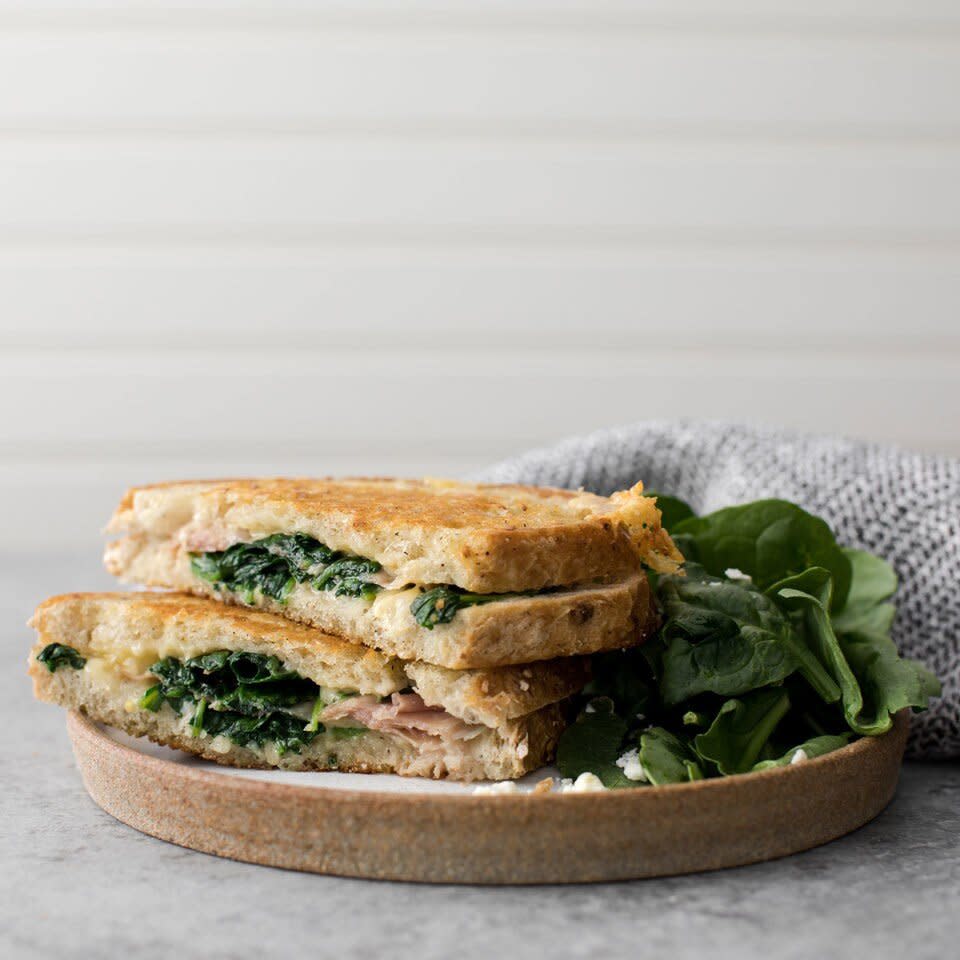
Pictured Recipe: Prosciutto & Spinach Grilled Cheese
Vegetables can play the starring role in main meals beautifully, but it can be hard to get through a lot of fresh produce in a week without some of it turning limp and slimy. This is especially true for those vegetables that are only sold in big bunches, like beets, greens and fresh herbs.
Maximize your vegetable use with a few smart strategies. For starters, plan your meals so that you will use the same vegetable for multiple meals throughout the week. This is especially useful for items like spinach and kale, which often come in large clamshell containers or bundles. You don't have to prepare a fresh spinach salad night after night, but that's a great option for one or two nights. After that, you can sauté the leafy greens down for creamed spinach, sneak some leaves into a sandwich or add wilted kale to a frittata.
Set a limit of two or three more perishable vegetables for the week. It's easy to go overboard when you see all the beautiful plants, but you'll just end up tossing the unused produce if you don't go to the market with a plan-and a limit-to guide you. After all, you're just one person.
You can also stock your pantry with vegetables that keep a bit longer, such as root vegetables, carrots, sweet potatoes and squash. Also, look for vegetables that you can buy in smaller quantities. Many stores sell carrots, Brussels sprouts and broccoli by the piece, making it easy to buy only what you need.
Beyond the fresh vegetables, frozen vegetables are a great tool in the arsenal for cooks making meals for one. Frozen vegetables actually often retain more nutrients than fresh produce, which can languish on shelves for days after picking. And, you can individually portion out just what you need for a side dish, salad or other recipe. This helps you prevent waste and get exactly what you need. Peas, broccoli and carrots are a solid trio to always have at the ready in the freezer.
3. Stock your freezer with meat and seafood
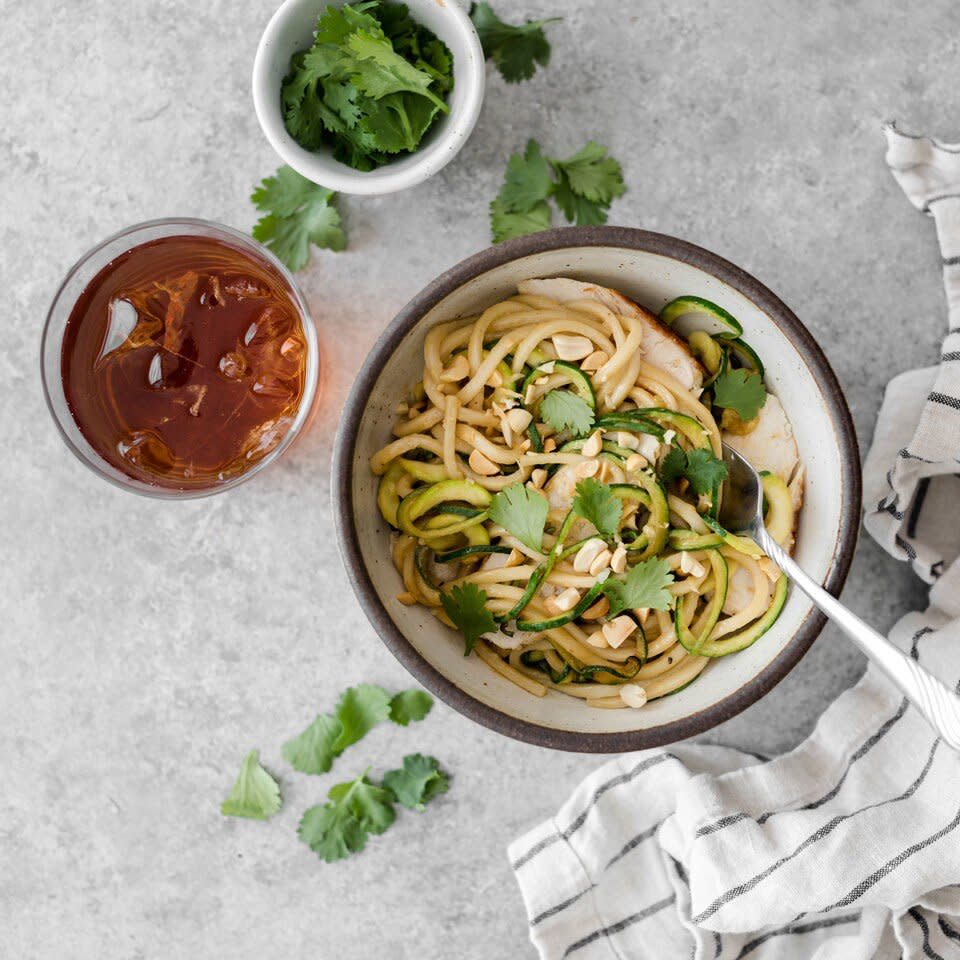
Pictured Recipe: Chicken Zucchini Udon Bowl with Peanut Sauce
Most meat bundles at the grocery store are designed for families. Take advantage of these large packages, and use the smart cooking-for-one strategy of freezing ahead to save you time and money.
Buy larger quantities of individual meats (packs of three or four, for example), and wrap and freeze each piece individually to use throughout the upcoming months. For some types of meat, stores or butchers provide a discount the more you buy, so consider what you're more likely to cook before you load up on surplus meats. Also, many types of meat and fish come pre-frozen and individually wrapped, so check your freezer section for these handy ingredients. Transfer just what you'll need for dinner to the fridge before you leave for work, and you'll have your thawed protein waiting for you when you return home.
If you happen to be one of those people that forgets to thaw your frozen items, your local butcher should become your friend (many grocery stores have butchers at the meat counter, you just need to talk to them). With a butcher, you can buy the exact amount of meat you need for a week but in smaller portions and to your preferred size and thickness. You can also buy individual pieces for last-minute meals when you forget to plan.
Related: What to Keep on Hand for Easy 3-Ingredient Fast Dinners from Your Freezer
4. Clean out your fridge and make a fabulous dinner
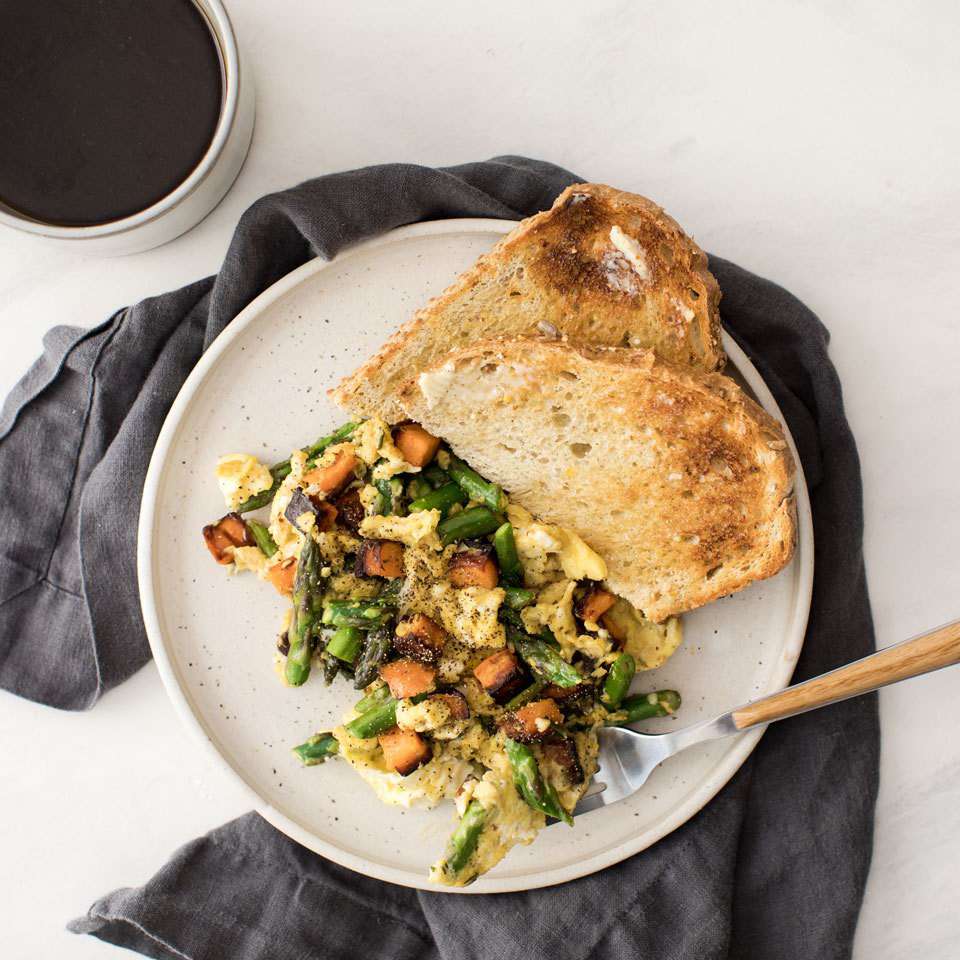
Pictured Recipe: Egg & Vegetable Scramble
Even if you carefully meal-plan, buying only what you need, inevitably you'll have a few stragglers at the end of the week-half a lonely sweet potato here or a half-cup of those cooked grains you thought you would use there.
Never fear: enter the fridge clean-out meal. Everyone needs one or two clean-out meals in their arsenal. Not only does it keep you from ordering out, it can also drastically cut down on food waste.
One of the most universal meals is breakfast for dinner. Very few grains, vegetables or meats don't go over well in an egg scramble or frittata. Keep some English muffins or a loaf of bread in the freezer to build a quick and hearty sandwich. A bag of your precooked grains becomes a quick bowl-meal base. A drizzle of dressing does a wonderful job uniting the varied foods of a fridge clean-out meal.
Related: Recipes for Leftovers
5. Cook once, eat twice
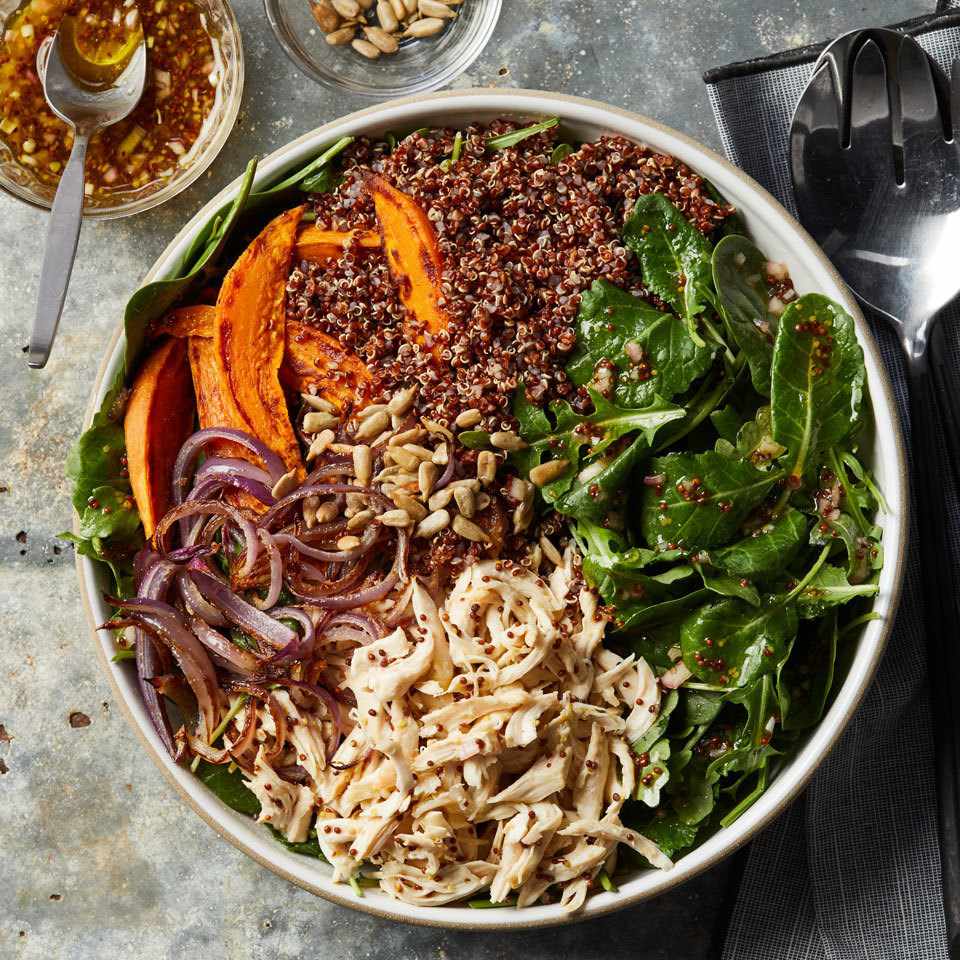
Pictured recipe: Quinoa Power Salad
Smart single cooks have likely been using this trick for many of their kitchen years, but here's a reminder: Leftovers can really be useful for people cooking for one. Meals that make two or more servings will help you cut down on kitchen time while still getting a healthy homemade meal on your plate. The second serving can be the next day's lunch, or you can make it dinner for night two.
Look for recipes that keep well as leftovers. These include curries, soups and stews, which can actually taste better the next day. Pasta dishes and grain bowls often reheat well, too. Sandwiches can turn soggy, and salads may end up slimy if you make them and let them sit in the fridge, but you can pack the individual ingredients and assemble before you eat.
Try These: Healthy Recipes for Two
6. Make larger-yield recipes and freeze for the future
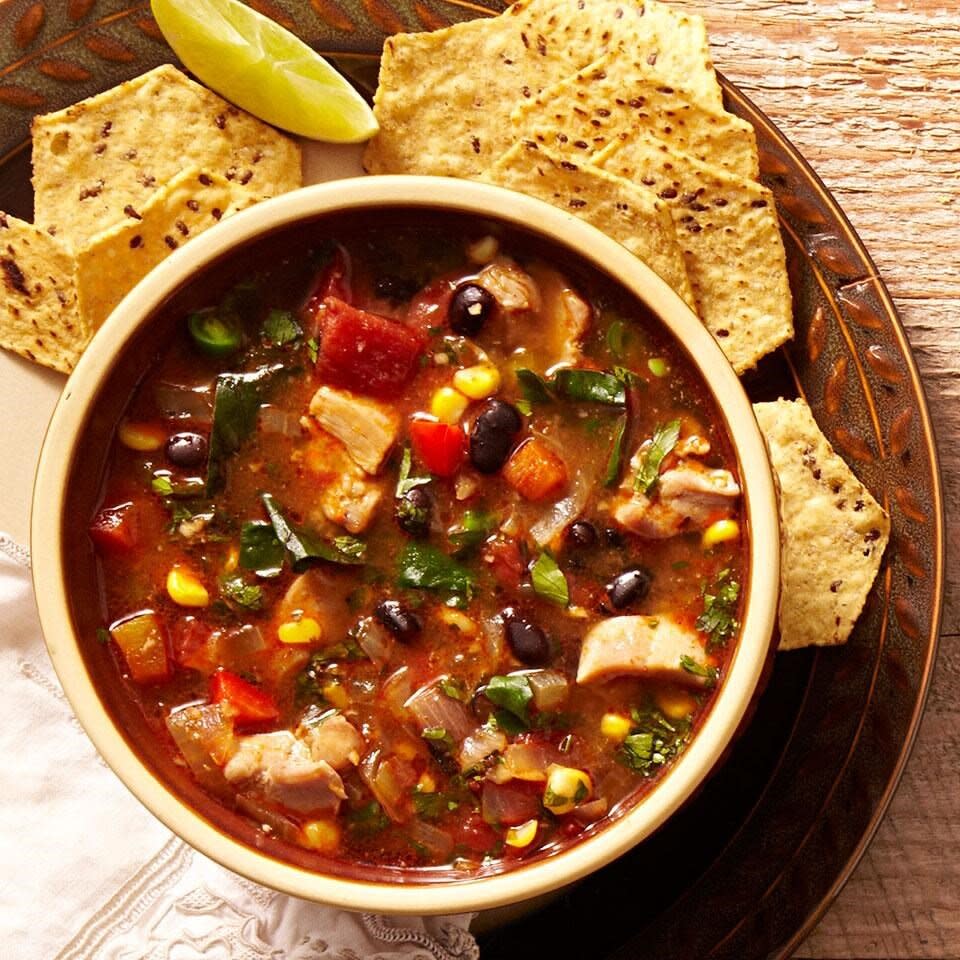
Pictured Recipe: Southwestern Vegetable & Chicken Soup
Several delicious meals can be made in large batches, then frozen in individual servings for future dinners. This not only helps stock your freezer for busy weeks, but it can also help you use up leftover ingredients. Most popular in this category: soup, stew and chili recipes. Make a batch, and follow these tips for the best way to freeze soup.
This tip also works well for pasta sauces. Pour individual servings of pasta sauce into jars or small glass dishes with a freezer-safe lid, then store in the freezer. Pull out a container as needed to make homemade pasta, pita pizza or even a shakshuka for one. These emergency meals are great for staving off the need for ordering food.
Related: How to Freeze Soup So It Tastes as Delicious as the Day It Was Made
7. Keep delicious, premade meals on hand
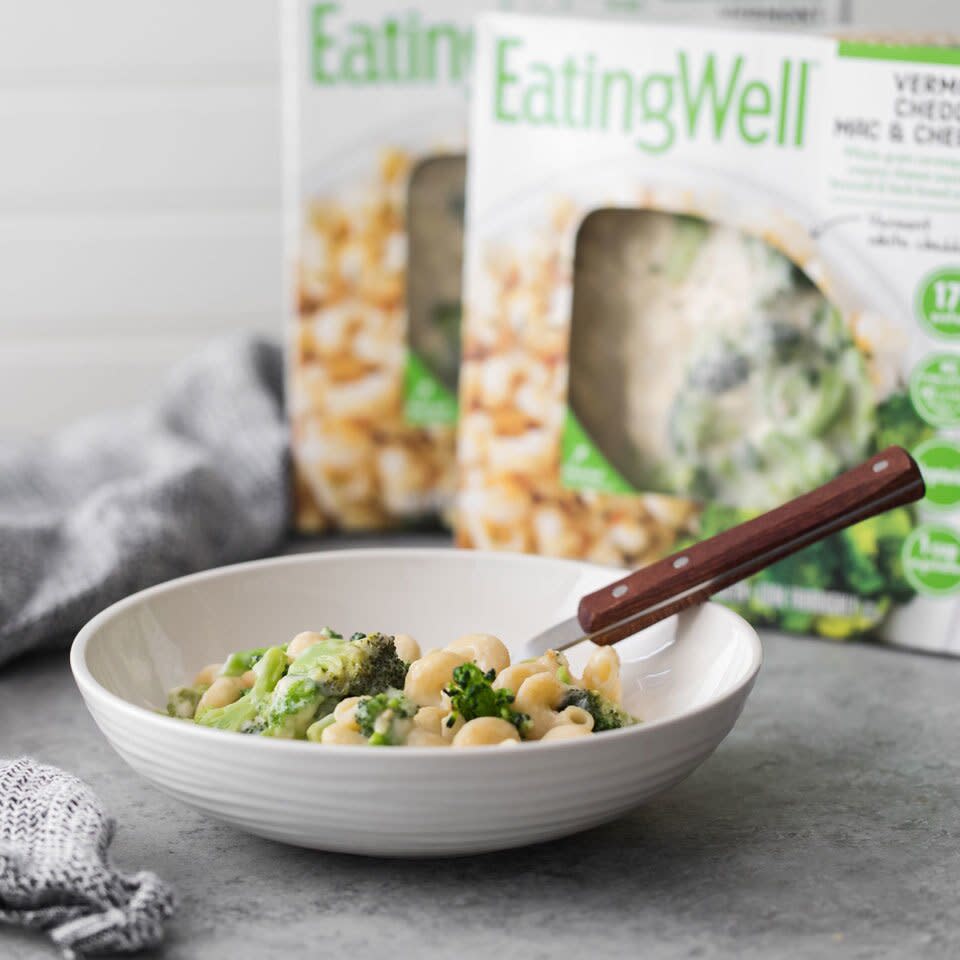
Of course, there will always be those nights when no amount of planning, prepping or strategy can help you get dinner on the table. Delicious frozen entrées can be a meal-saver in those moments. Keep a few frozen meals on hand for when you're really in need of dinner but don't have the well-stocked pantry or fridge to pull it off.
Healthy Recipes for One Serving

